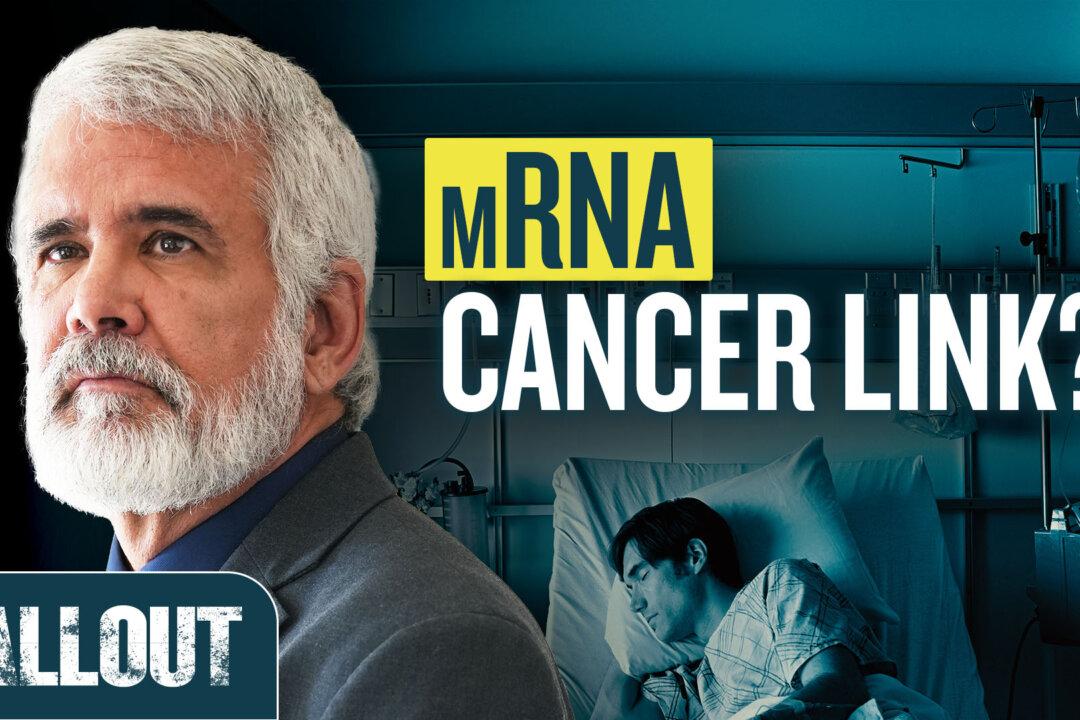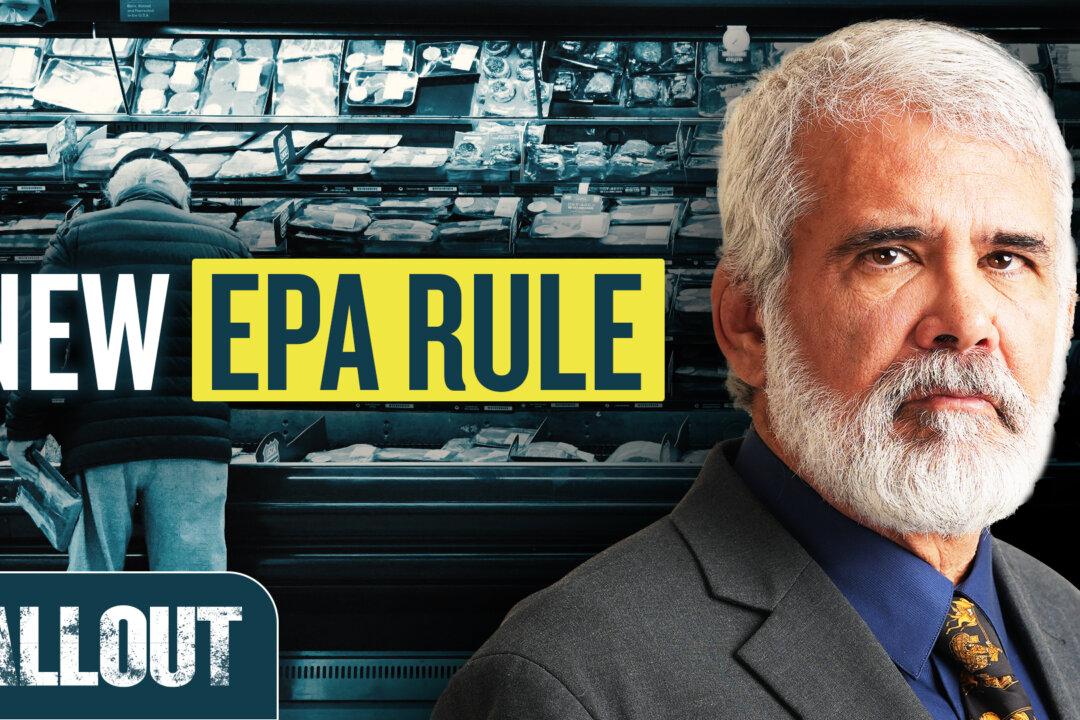The administrative state and senior executive service and GS-rank staff arrogantly and unconstitutionally consider themselves to be the permanent employees of the U.S. federal government and consider the elected officials tasked with funding, oversight, and management of these agencies (congressmen and the president) merely temporary employees.
Focusing back on the COVID crisis, what this means (in a practical sense) is that when there is a difference of opinion regarding science or technology issues between the “official” policy of a federal agency (the defendants) and someone or some group seeking to sue for legal redress consequent to damages caused by arbitrary and capricious actions of that agency or its personnel (the plaintiffs), then the courts will generally side with the federal agency. The underlying assumption is that federal agencies are always correct in their interpretation of scientific and technical issues and how they apply that interpretation to the statutory authority granted to them by Congress.
My layperson understanding of all of this (I am not a lawyer) is that the Supreme Court, acting under a false assumption that the administrative state can be held accountable for its actions by the citizens of the United States via the presidential electoral process, has determined that the courts must defer to the expertise and judgment of administrative state employees largely because federal judges are appointed rather than elected, and the top leadership of (executive branch) administrative agencies are appointed by the (elected) president.
Unfortunately, as President Donald Trump discovered and President Joe Biden has abundantly demonstrated, the tail wags the dog. The permanent employees of the executive branch federal agencies cannot be held accountable by the president, because for all practical purposes they are not “at will” employees. They cannot be fired for performance and accountability issues without an extensive, multi-year legal battle. In today’s post-1984, post-modern U.S. presidency, the administrative state bureaucracies control the president, not the other way around. And authorized scientific/technical truth has become whatever these agencies find most convenient to support their agendas.
In other words, a prior activist Supreme Court meddled in the Constitutional balance of powers in favor of a federal agency, and this decision has been generalized across the entire administrative state. The blowback has been further development and an enormous increase in power in a fourth, non-constitutional branch of government that is commonly referred to as the permanent administrative state.
Akin to how the Roman guard eventually functioned, the CIA and associated “intelligence community” increasingly acts to select the president whom it wishes to place as the figurehead or frontperson for the shadowy permanent “Deep State” leadership that actually controls domestic and foreign U.S. policy.
The following are the key clauses and logic that underpin the SCOTUS justification for the “Chevron Deference.”
First, the Supreme Court determined that the U.S. judiciary is not a political branch of government, and it emphasized that U.S. federal judges are not elected officials.
Wikipedia provides the following from the Chevron opinion: “When a challenge to an agency construction of a statutory provision, fairly conceptualized, really centers on the wisdom of the agency’s policy, rather than whether it is a reasonable choice within a gap left open by Congress, the challenge must fail. In such a case, federal judges—who have no constituency—have a duty to respect legitimate policy choices made by those who do. The responsibilities for assessing the wisdom of such policy choices and resolving the struggle between competing views of the public interest are not judicial ones.”
“Then the Court reasoned that when Congress passes a law that contains an ambiguity, this represents an implicit congressional delegation of authority to the executive branch agency that implements the law.,“ Wikipedia’s page reads. ”The Court then concluded that these delegations of power should limit a federal court’s review of the agency’s interpretation of the law.”
The page again cites the court’s opinion: “The power of an administrative agency to administer a congressionally created program necessarily requires the formulation of policy and the making of rules to fill any gap left, implicitly or explicitly, by Congress. If Congress has explicitly left a gap for the agency to fill, there is an express delegation of authority to the agency to elucidate a specific provision of the statute by regulation. Such legislative regulations are given controlling weight unless they are arbitrary, capricious, or manifestly contrary to the statute. Sometimes the legislative delegation to an agency on a particular question is implicit rather than explicit. In such a case, a court may not substitute its own construction of a statutory provision for a reasonable interpretation made by the administrator of an agency.”
Based on this reasoning, the SCOTUS majority opinion established a two-step analysis for federal courts to use when considering a challenge to an agency’s interpretation of a law.
Wikipedia provides the following from the court’s opinion: “First, always, is the question whether Congress has directly spoken to the precise question at issue. If the intent of Congress is clear, that is the end of the matter; for the court, as well as the agency, must give effect to the unambiguously expressed intent of Congress. If, however, the court determines Congress has not directly addressed the precise question at issue, the court does not simply impose its own construction on the statute .... Rather, if the statute is silent or ambiguous with respect to the specific issue, the question for the court is whether the agency’s answer is based on a permissible construction of the statute.”
In other words, when Congress fails to do its job and create clear statutes, according to the Chevron Deference decision, the administrative state has the authority to broadly interpret and exploit the ambiguities in congressional authorization bills as it sees fit.
Consequent to this decision, we have seen the explosive rise of power of a fourth, unelected branch of government—the permanent administrative state, its elite unaccountable and unelected administrators (the senior executive service), and its permanent Praetorian Guard (the CIA) which enjoys the benefit of a large “dark” classified budget and its very own independent venture capital fund (In-Q-Tel), which makes it functionally autonomous from oversight by the citizens of the United States and their elected representatives.







